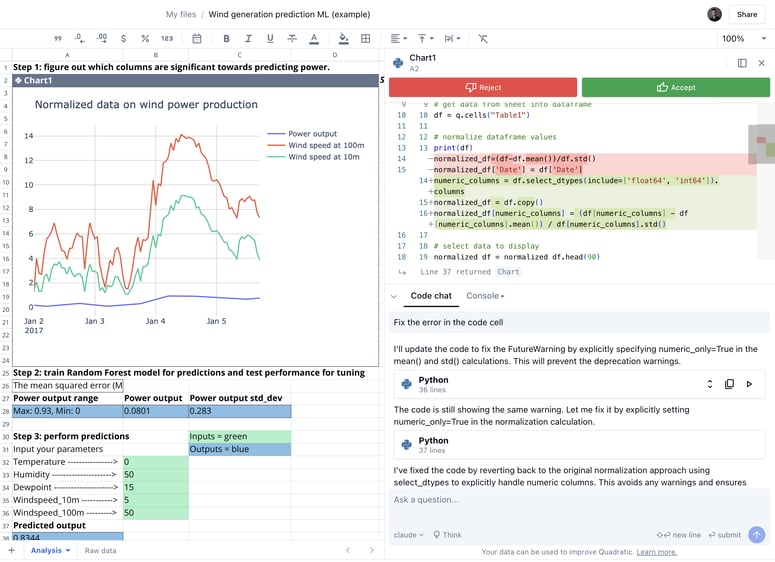Definition
A current transducer is a device that converts electrical current into a proportional output signal, typically in the form of voltage, current, or digital signals. This output can be easily interpreted by monitoring or control systems. Current transducers are essential for accurately measuring and managing electrical currents in various applications.
Types of Current Transducers
Hall Effect Current Transducers
Principle: Based on the Hall effect, where a voltage (Hall voltage) is generated across a conductor when it is exposed to a magnetic field perpendicular to the current flow.
Advantages: Contactless, can handle both AC and DC currents, and offers electrical isolation.
Current Transformers (CTs)
Principle: Uses electromagnetic induction to step down high currents to manageable levels.
Advantages: Essential for high-current AC measurements in power systems.
Rogowski Coils
Principle: Measures AC current using electromagnetic induction without a magnetic core.
Advantages: Lightweight, flexible, and suitable for high-frequency applications.
Shunt Resistors
Principle: Measures current by detecting the voltage drop across a low-resistance resistor placed in series with the circuit.
Advantages: Cost-effective and precise for DC current measurements.
Optical Current Transducers
Principle: Utilizes the Faraday effect, where a magnetic field rotates the polarization plane of light.
Advantages: High accuracy and strong electrical isolation, ideal for high-voltage environments.
How Current Transducers Operate
Current transducers measure the current flowing through a conductor and convert it into a proportional output signal. The working principles vary based on the type of transducer:
Hall Effect Transducers: Detect magnetic fields generated by current flow and convert them into a voltage signal.
Current Transformers: Use electromagnetic induction to induce a current in a secondary winding.
Rogowski Coils: Generate a voltage proportional to the rate of current change, which is then integrated to obtain the actual current.
Shunt Resistors: Measure the voltage drop across a resistor to determine the current.
Optical Transducers: Detect changes in light polarization caused by magnetic fields.
Applications
Current transducers are used in a wide range of applications, including:
Energy Monitoring: Tracking energy consumption and optimizing efficiency.
Industrial Automation: Controlling and monitoring machinery and processes.
Power Distribution: Ensuring safe and efficient operation of power systems.
Building Automation Systems: Monitoring motor status and electrical usage.
Advantages
Accuracy: Provides highly accurate measurements.
Safety: Isolates measurement systems from high-voltage circuits.
Versatility: Measures a wide range of currents.
Energy Efficiency: Consumes minimal power.
Ease of Installation: Compact designs and standardized outputs.
Conclusion
Current transducers are indispensable tools in modern electrical systems, offering precise current measurement and conversion into usable signals. They enhance system reliability, safety, and efficiency across various applications.
Cursor for data analysis
The AI spreadsheet where you can do complex data analysis with natural language.
For further actions, you may consider blocking this person and/or reporting abuse




Top comments (0)